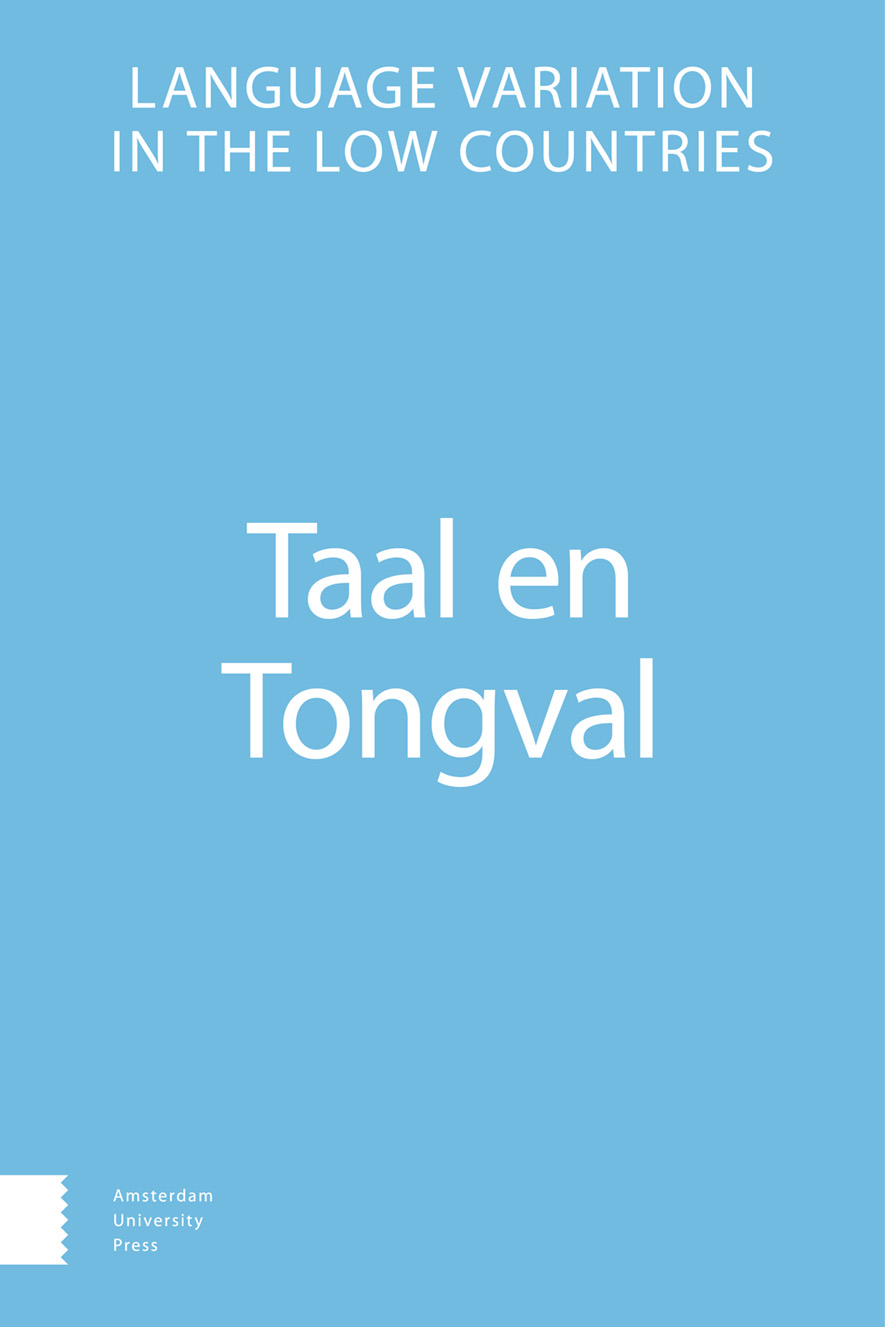-
oa Change, contact and conventions in the history of Dutch
- Amsterdam University Press
- Source: Taal en Tongval, Volume 65, Issue 1, May 2013, p. 97 - 123
- Previous Article
- Table of Contents
- Next Article
Abstract
The paper discusses variation and change in seventeenth- and eighteenth-century Dutch, reviewing the importance of two types of explanation, the first focusing on dialect contact resulting from immigration as the locus of change, the second stressing the importance of writing conventions. Using a unique corpus of private letters from all social ranks, we discuss various phonological and morphosyntactic variables. We argue that ego-documents offer unique opportunities for historical (socio)linguistics, providing an unprecedented view of the vernacular. At the same time, writers did not consistently put their local dialect to paper. Writing practices such as morphological and syllabic orthographic principles caused the written code to move away from the vernacular. Supralocalization and graphemization, which are topics at the core of historical sociolinguistics, have to be taken into account by anyone interested in the communicative strategies which ordinary people used when they needed to write. At the same time, since supralocalization and graphemization may impede research on spoken language phenomena, they should also be addressed by researchers primarily interested in spoken language phenomena such as dialect contact.


